AdScale and Birch both help advertisers manage paid advertising, but they were built for very different use cases.
AdScale is an AI-powered advertising platform purpose-built for eCommerce merchants, using deep store data, persona intelligence, and real-time cross-channel optimization across Google and Meta.
Birch is a multi-platform ad management and automation tool that helps marketers launch ads, manage creatives, apply automation rules, and monitor performance across Meta, Google, TikTok, Snapchat, and additional channels.
Because they solve different problems, the right platform depends on whether your priority is eCommerce automation or multi-channel campaign management.
Overview of Both Platforms
What is AdScale
AdScale is an AI-powered advertising platform built specifically for eCommerce merchants.
It connects directly to Shopify, WooCommerce, Magento, and additional eCommerce platforms to analyze your entire store dataset, including:
- Purchase history
- Customer behavior
- Product performance
- Retention patterns
- AOV and conversion metrics
What makes AdScale unique:
- Store Data Analysis (First-Party Data): AdScale reads and analyzes your full eCommerce dataset.
- Benchmarking vs Competitors: Compares your store’s performance across dozens of KPIs against similar merchants to identify growth gaps.
- Persona Discovery: Reveals the customer personas buying from your store, plus hidden personas you are not reaching yet.
- Persona-Based Campaigns:
- Separate targeting per persona
- Persona-tailored ad copy
- Persona-specific creatives
- Cross-Channel Optimization (Google + Meta): Automatically shifts budgets and optimizes performance between Google and Meta in real time based on revenue and ROAS signals.
In short, AdScale uses store data to create accurate targeting, creatives, and optimization, fully automated.
What is Birch
Birch is a centralized ad management platform focused on multi-channel execution and operational control.
It allows marketers to:
- Launch and manage campaigns across Meta, Google, TikTok, Snapchat, and more
- Create and manage ads and creatives in bulk
- Apply rule-based automation such as pausing or scaling ads
- Manage bids and budgets manually or via rules
- Track performance using advanced reporting, alerts, and logs
Birch emphasizes flexibility, visibility, and cross-platform control rather than eCommerce store data analysis or persona-driven automation.
Summary of Key Differences
AdScale focuses on eCommerce automation, persona intelligence, store-data optimization, and real-time Google and Meta management.
Birch focuses on flexible multi-platform campaign management, rule-based automation, and broad channel coverage.
AdScale’s workflow is built around minimal manual setup and continuous automated optimization.
Birch’s workflow requires hands-on configuration of campaigns, rules, and creatives.
AdScale is designed for eCommerce brands and agencies focused on automated growth.
Birch is designed for media buyers and teams managing many platforms who want granular control.
Feature Comparison Table
Core Differences Table
| Feature | AdScale | Birch |
|---|---|---|
| eCommerce platform integrations | Shopify, WooCommerce, Magento + more | No native eCommerce data integration |
| Google Ads automation | Yes | Yes |
| Meta Ads automation | Yes | Yes |
| TikTok, Snapchat, other platforms | No | Yes |
| Continuous optimization 24/7 | Yes | Rule-based |
| Cross-channel Google + Meta optimization | Yes | No |
| Audience builder | First-party store data + persona modeling + pixel signals | Platform-native audiences |
| Benchmarking vs competitors | Yes | No |
| Reporting | Unified Google + Meta + eCommerce BI | Multi-platform dashboards |
| Learning curve | Easy | Medium |
| Best suited for | eCommerce brands and agencies | Multi-channel advertisers |
AdScale Overview
AdScale is designed for eCommerce brands that want true data-driven advertising automation.
The platform analyzes every aspect of store performance, including customer journeys, product engagement, retention behavior, competitive benchmarks, and revenue patterns.
Based on these insights, AdScale automatically builds persona-based campaigns with:
- Persona-specific audience targeting
- Tailored messaging and ad copy
- Creative variations aligned to persona motivations
- Product-level decision making driven by store performance
AdScale then performs real-time optimization between Google and Meta, continuously shifting budgets, improving bids, and allocating spend where it generates the highest return.
Birch Overview
Birch focuses on managing and operating advertising across many platforms from a single interface.
It does not analyze eCommerce store data, does not identify customer personas, and does not benchmark store performance.
Birch is best suited for teams that want centralized control, rule-based automation, and deep reporting across multiple ad networks.
Detailed Comparison
Automation
AdScale
Full-funnel automation including store data analysis, persona discovery, persona-based campaign creation, dynamic creatives, and real-time cross-channel optimization.
Birch
Automation is rule-based and requires manual campaign and creative setup.
Budget Control
AdScale
Automatically reallocates budgets between Google and Meta based on revenue, ROAS, and persona performance.
Birch
Budget changes are manual or rule-driven, without predictive or cross-channel decisioning.
Creative Tools
AdScale
Generates creatives and messaging tailored to each persona and continuously optimizes them based on performance.
Birch
Supports bulk creative uploads and testing workflows, managed manually or via rules.
Audience Management
AdScale
Builds eCommerce audiences using:
- First-party store data
- Customer personas
- Product interests
- Purchase behavior
- Lifecycle patterns
- Pixel signals
Birch
Uses platform-native audiences and lookalikes without store-level intelligence.
Reporting
AdScale
Unified BI reporting across Google, Meta, and eCommerce store performance, including benchmarking vs competitors.
Birch
Advanced multi-platform reporting, alerts, and logs focused on ad account activity.
Ease of Use
AdScale
Highly automated with minimal ongoing work required.
Birch
More configuration-heavy, offering flexibility at the cost of simplicity.
Which Platform Fits eCommerce Businesses Best
Choose AdScale if you want:
- Automated advertising with minimal manual work
- True first-party data activation
- Store benchmarking to identify growth opportunities
- Customer persona discovery, including hidden personas
- Persona-based campaigns with tailored targeting, copy, and creatives
- Continuous optimization across Google and Meta
- Deep eCommerce integrations
Choose Birch if you want:
- Multi-channel ad management across many platforms
- Rule-based automation and manual control
- Advanced reporting and alerts
- Centralized management for complex account structures
Summary
AdScale is the stronger fit for eCommerce merchants using Shopify, WooCommerce, Magento, and other platforms, thanks to its ability to analyze store data, benchmark performance, discover personas, and automate Google and Meta advertising with real-time optimization.
Birch is suited for advertisers managing campaigns across many platforms who need flexibility, centralized control, and detailed reporting rather than eCommerce-specific automation.
For eCommerce automation, first-party data activation, and persona-driven growth, AdScale is the more complete solution.
FAQ Section AdScale vs Birch
Yes. AdScale is built specifically for eCommerce merchants and uses store data, personas, and real-time cross-channel optimization.
Yes. AdScale automates campaigns, targeting, persona-based creatives, and optimization across both channels.
Yes. Birch supports additional platforms such as TikTok and Snapchat.
AdScale. Most workflows are fully automated.
AdScale uses real first-party store data combined with persona models and pixel signals.
Birch relies on platform-level data and rules.
New to the platform? Start with the full What is AdScale explanation.
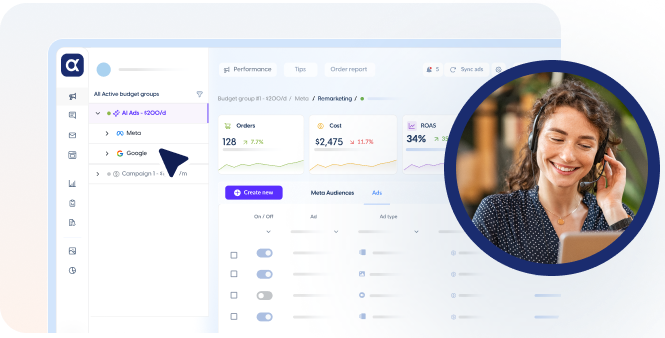
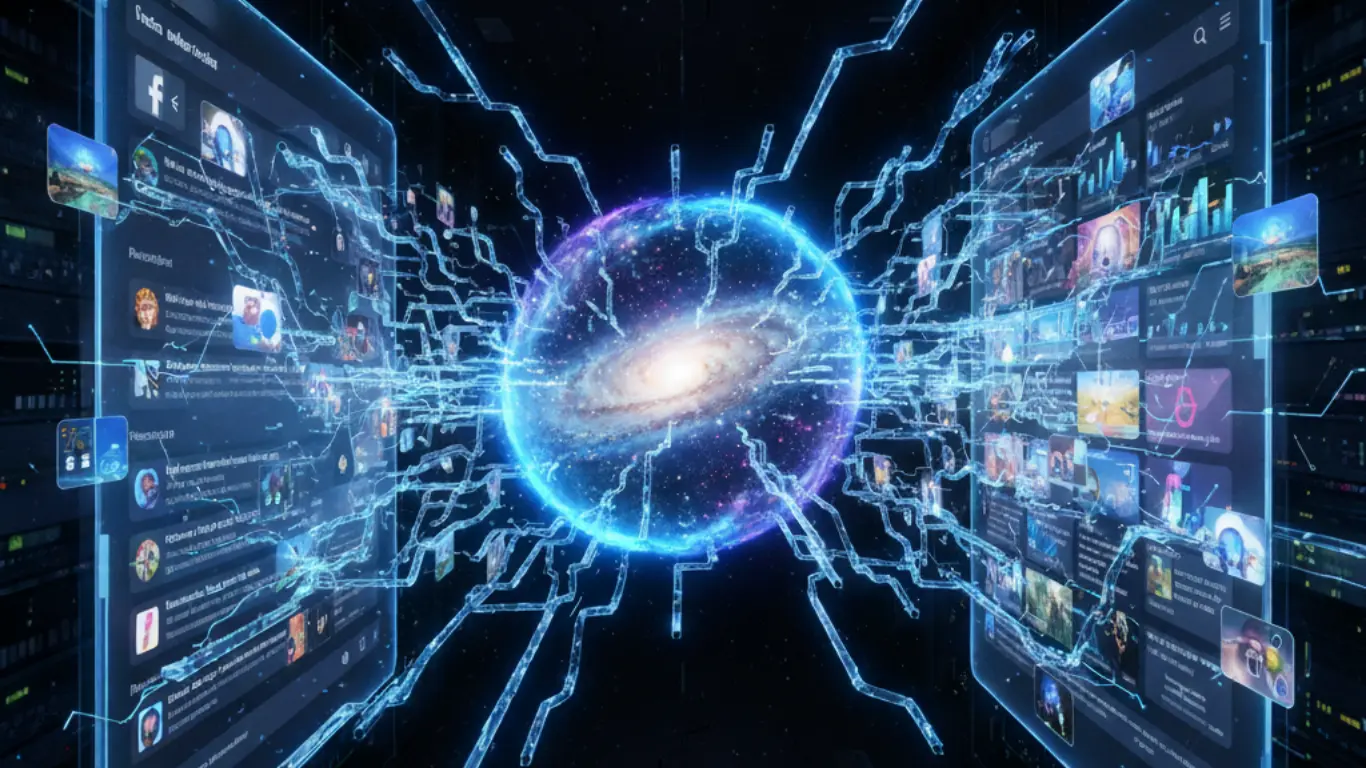
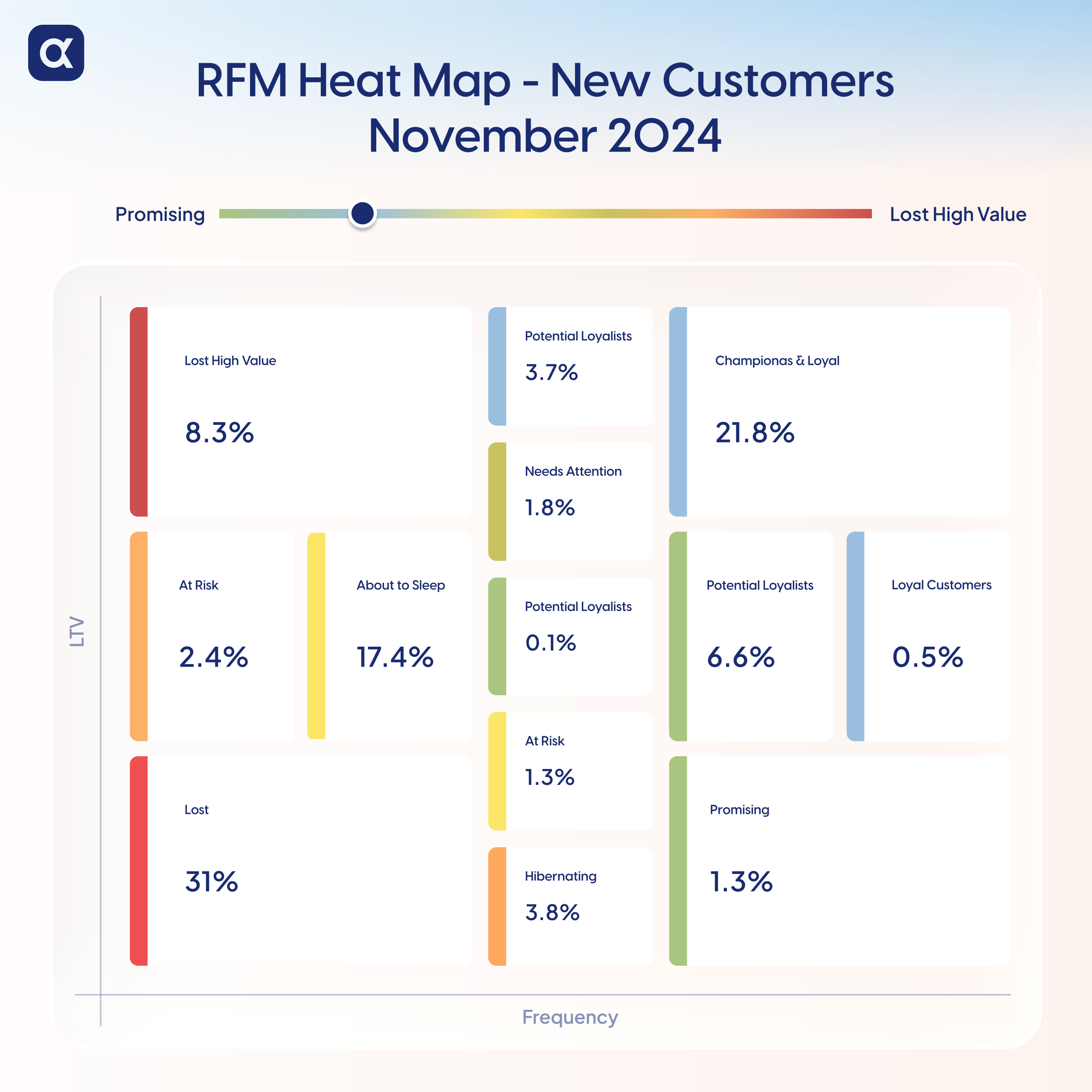
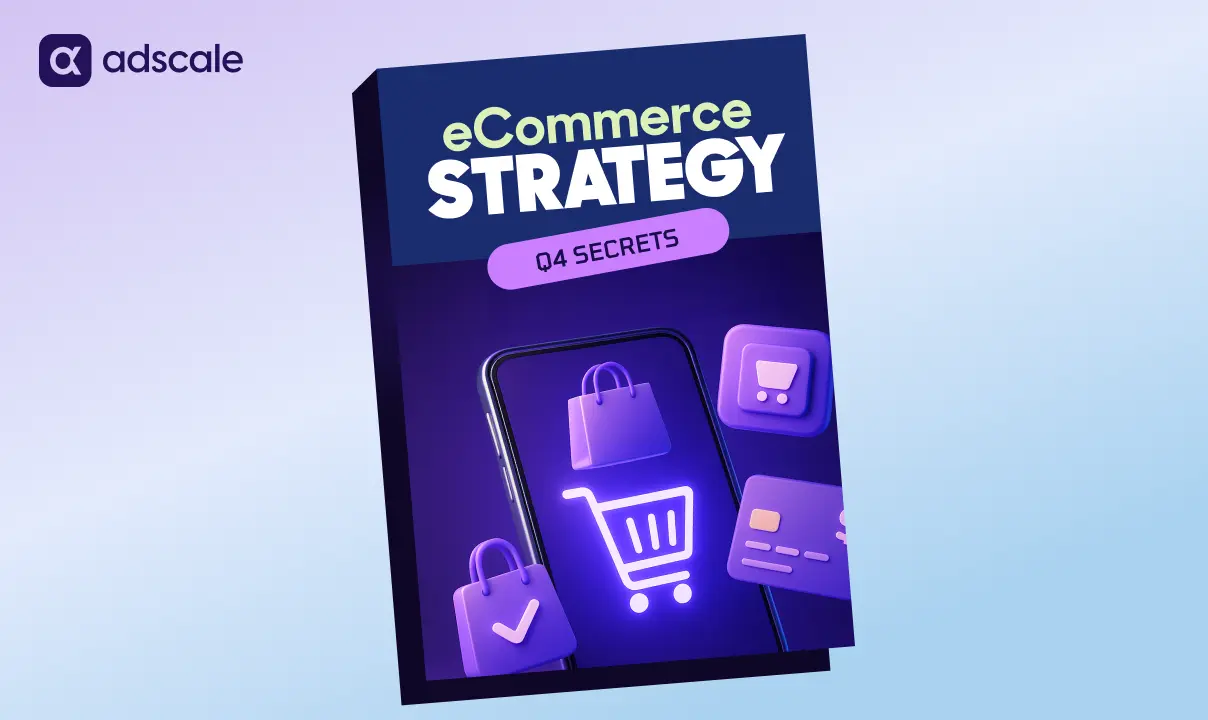
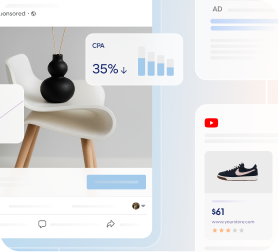
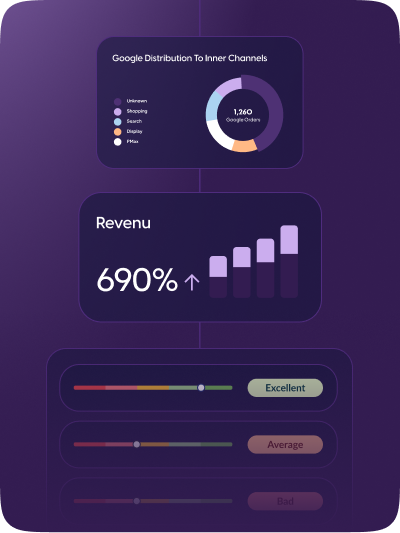
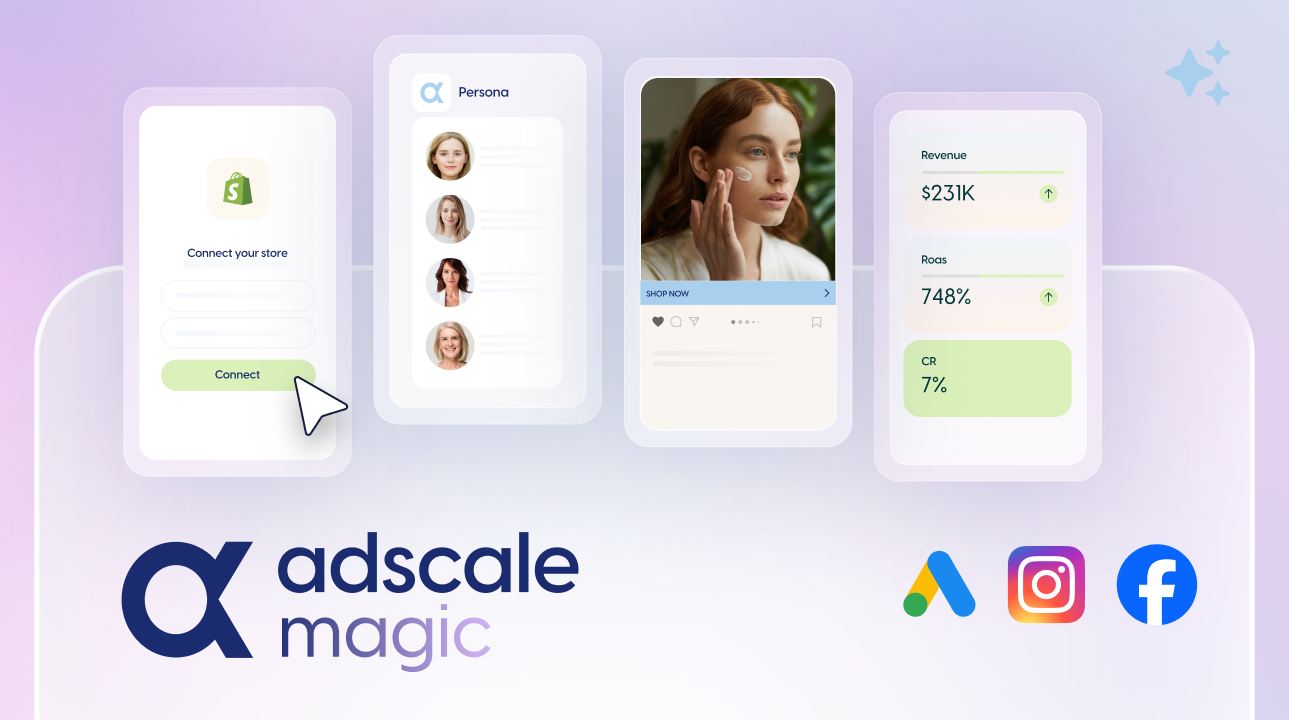
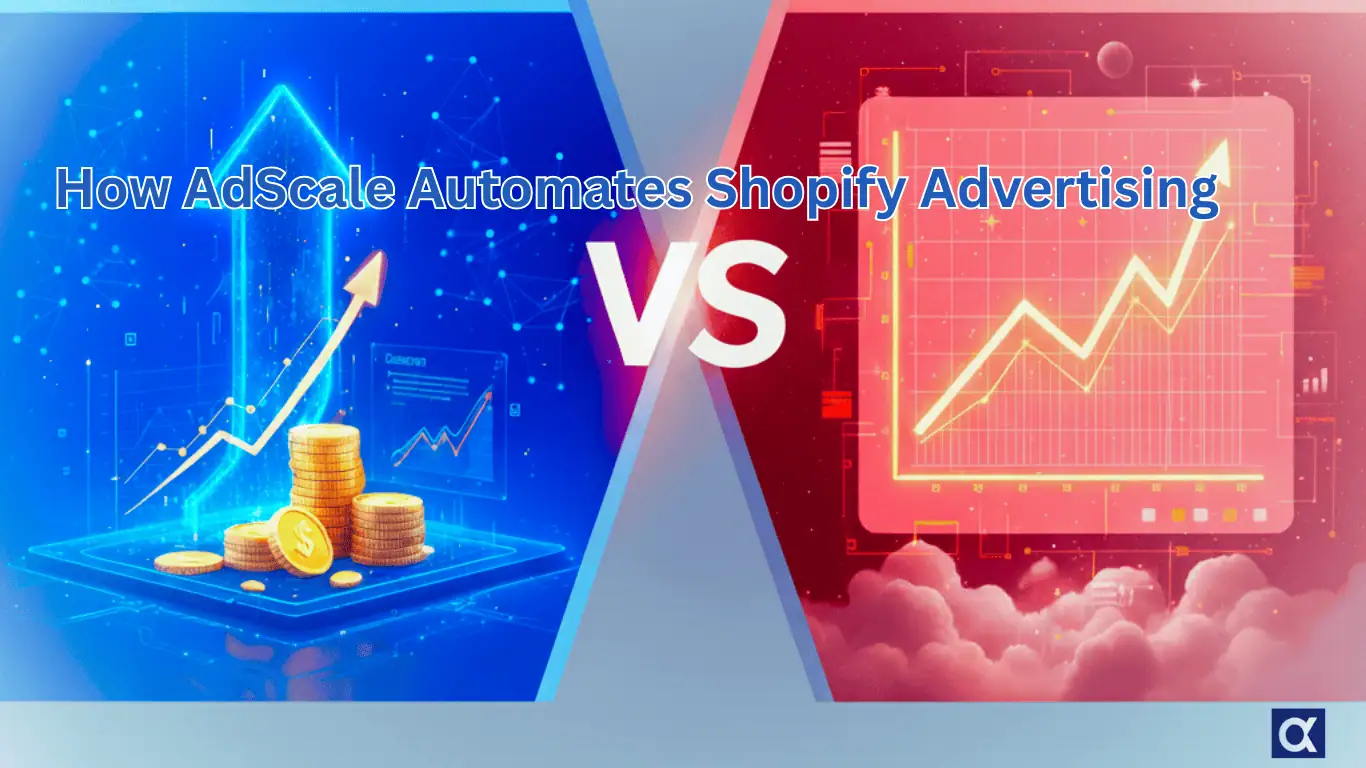
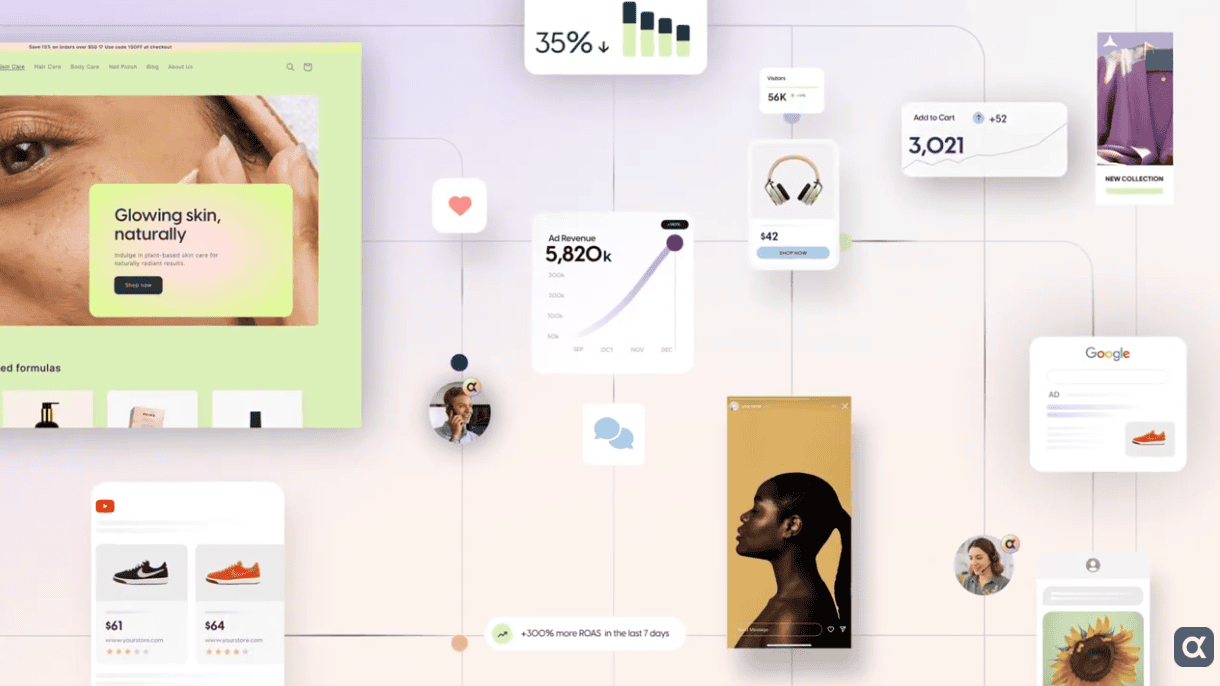
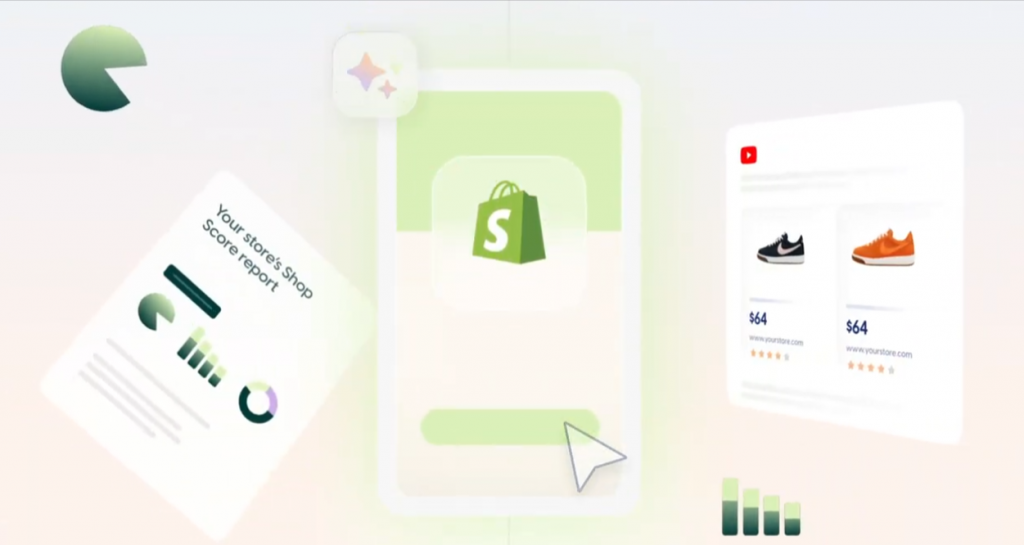
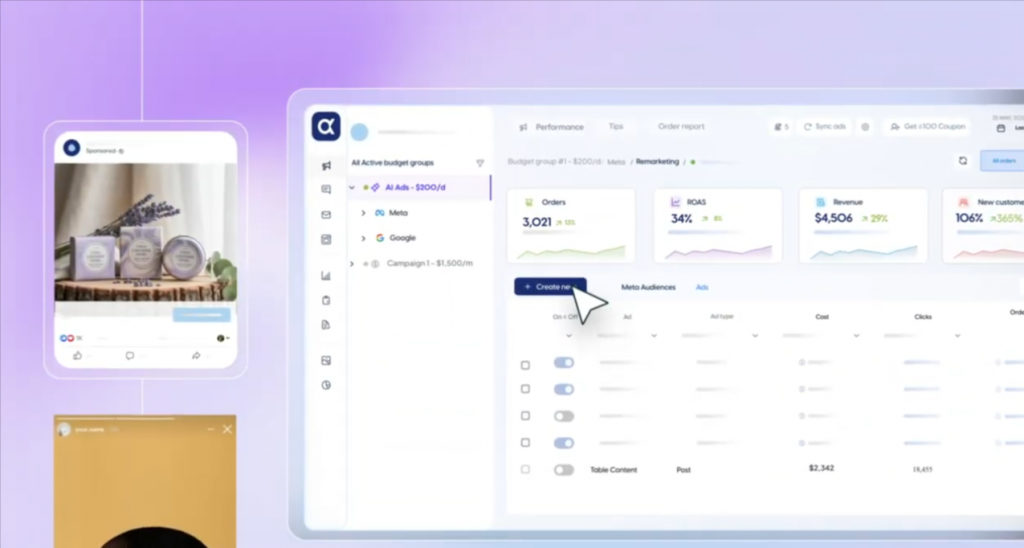
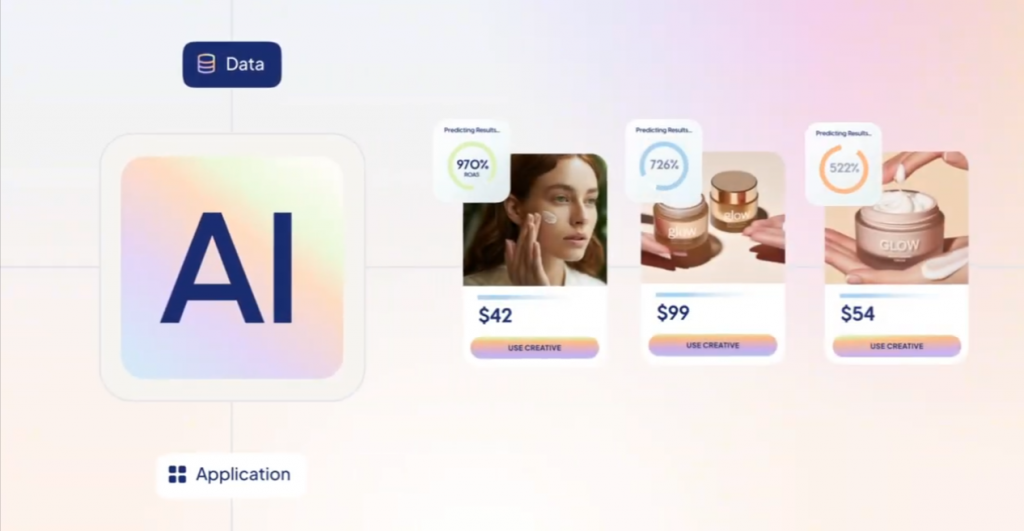

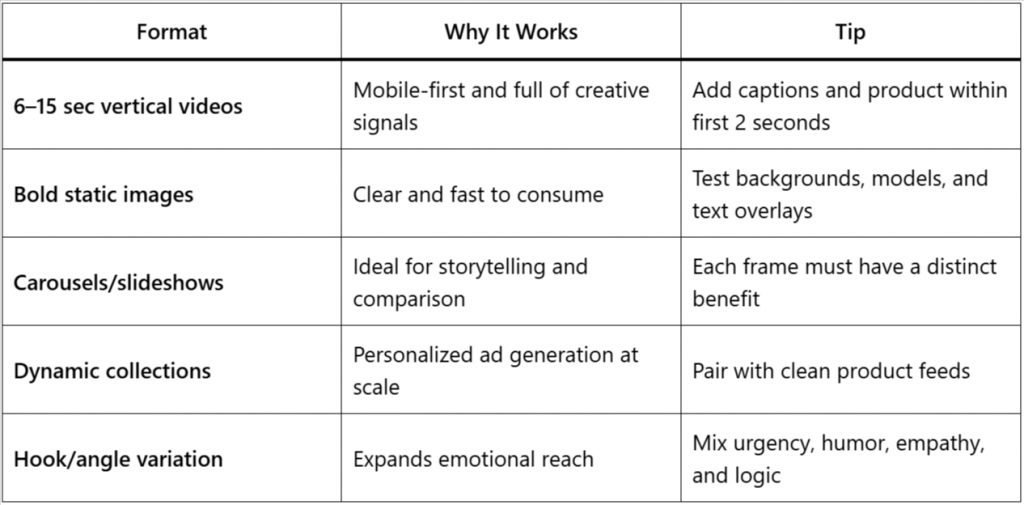



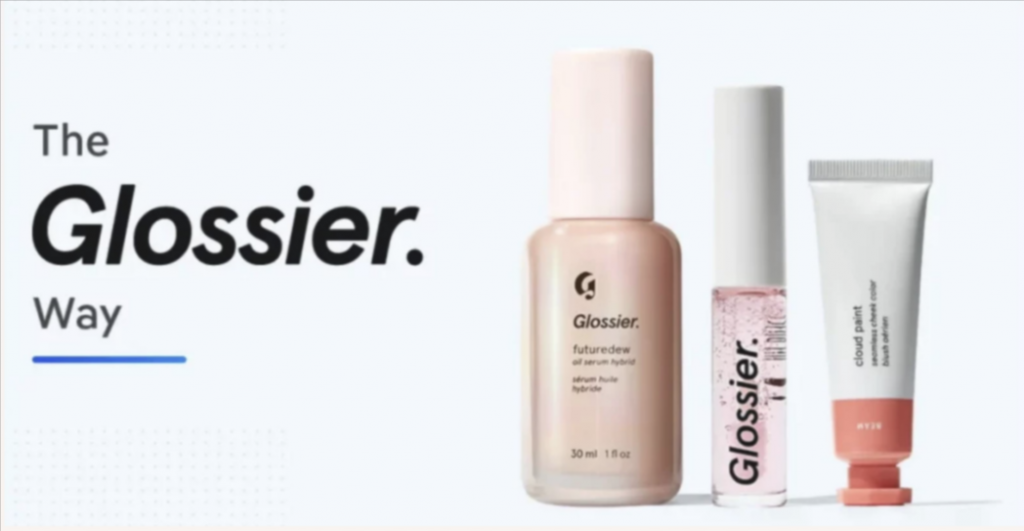

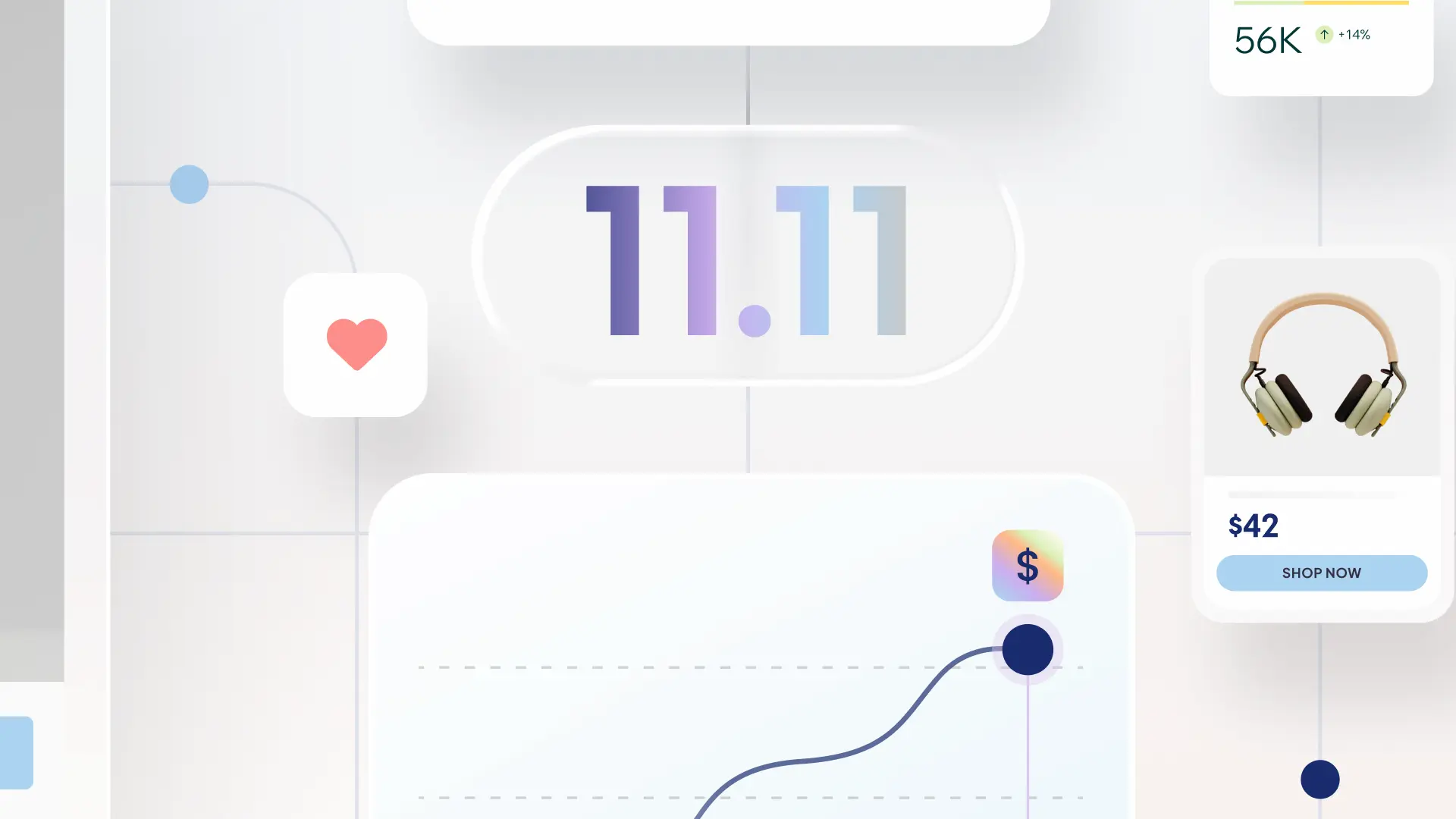
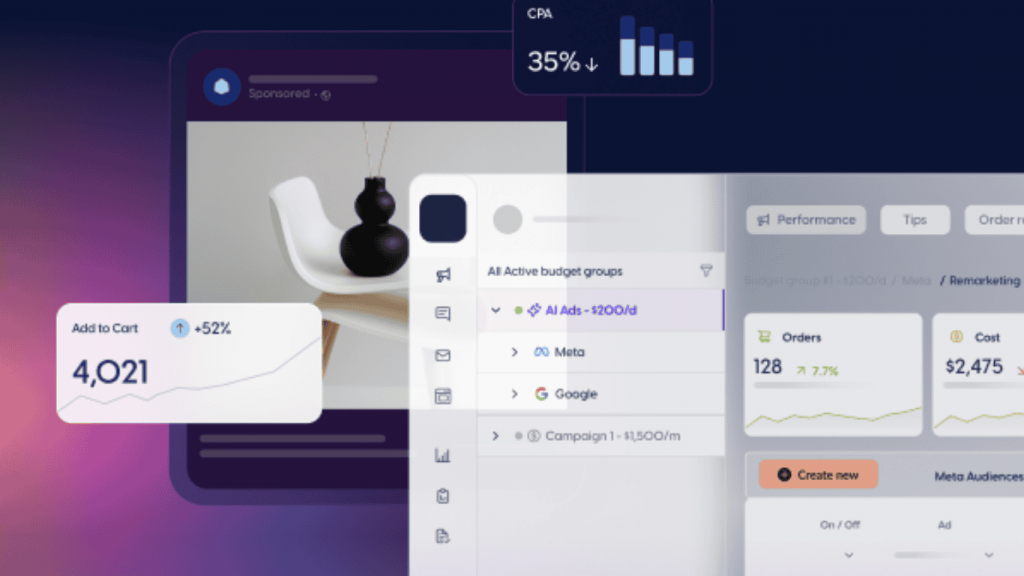

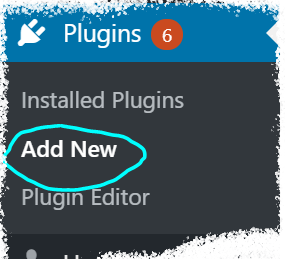
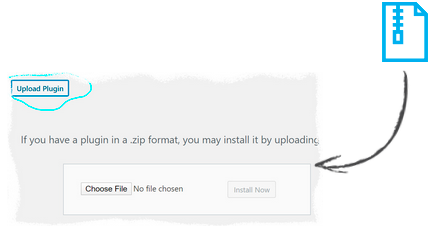
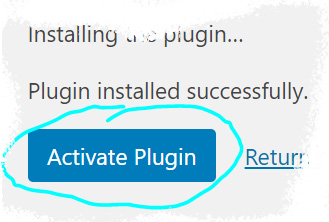
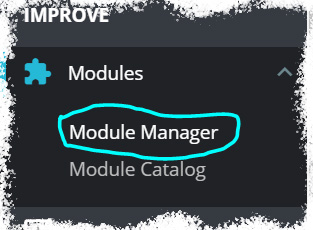
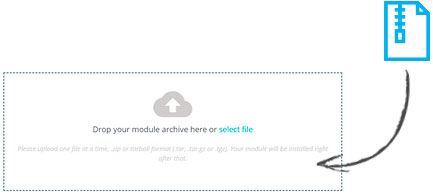
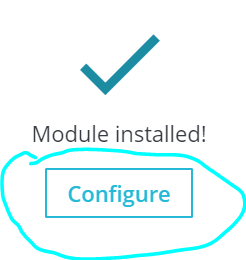



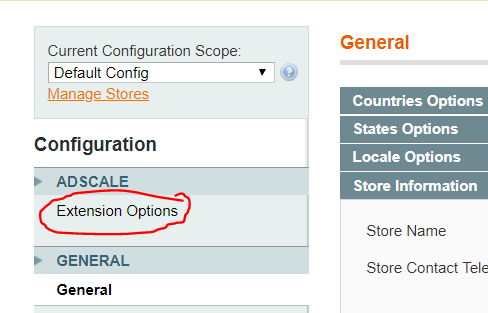
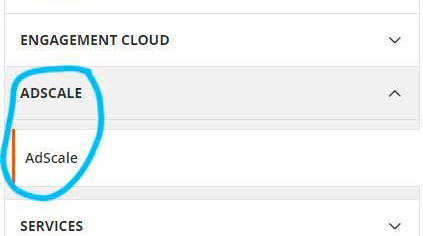
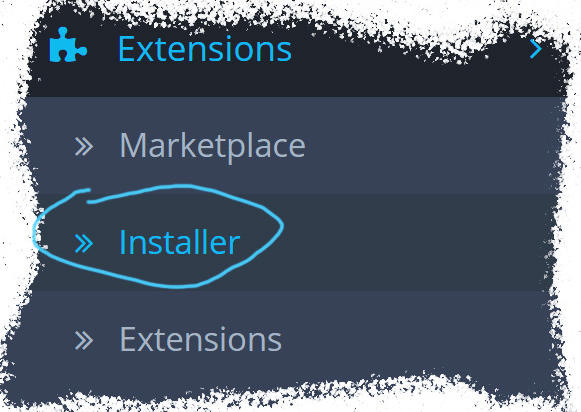
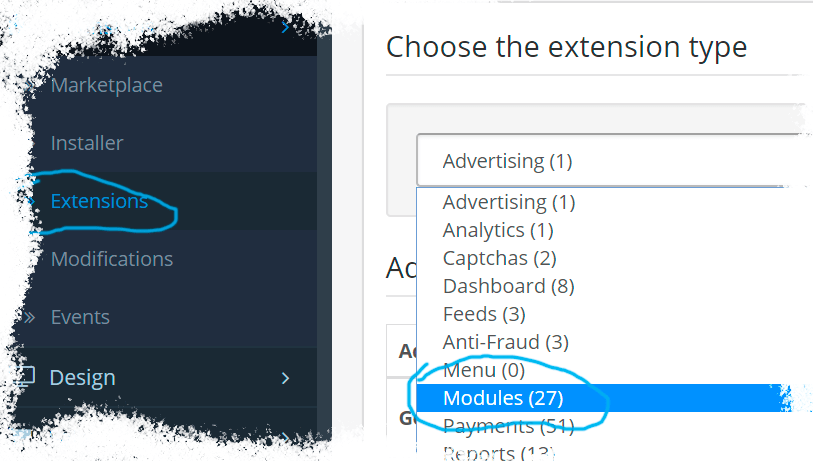
 ,
,